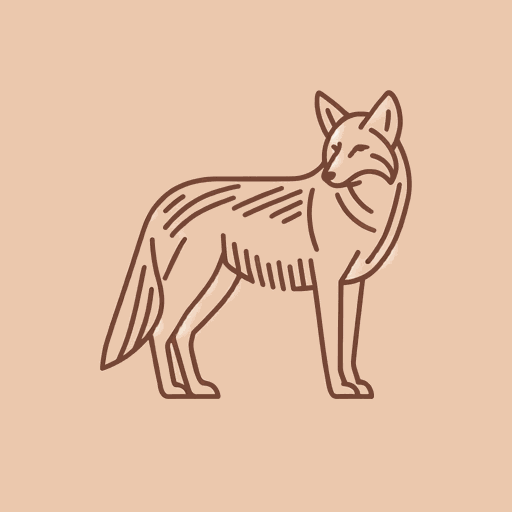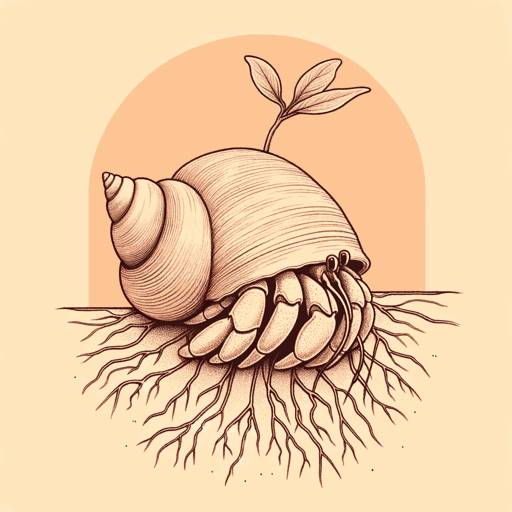54 pages • 1 hour read
Barbara KingsolverHigh Tide in Tucson
Nonfiction | Essay Collection | Adult | Published in 1995A modern alternative to SparkNotes and CliffsNotes, SuperSummary offers high-quality Study Guides with detailed chapter summaries and analysis of major themes, characters, and more.
Symbols & Motifs
Animal Behavior
Animal behavior, especially as it relates to human society, is a running motif throughout High Tide in Tucson. In the opening essay, Kingsolver compares her transition from Kentucky to Arizona, and the life adjustments that went with that change, to the changes in behavior that she sees in a hermit crab brought from the Bahamas to the desert. Just as it has adapted to the absence of actual high tides by living as if they still happen, so too must she make a new life for herself with pieces of her old one. When writing about rain in Tucson in “Creation Myths,” she observes that humans, frogs, and all other creatures have a joyful response to this life-bringing force. When waging war against the javelinas in “Making Peace,” she realizes that altering her own behavior is more productive than trying to change theirs—she must share her land with the animals whose life cycles she disrupted by moving to their habitat.
The author’s relationship with the javelinas introduces the idea of the human niche. A niche is the biological context in which every animal lives; in a healthy ecosystem, many species can coexist because they all occupy a different niche.
Related Titles
By Barbara Kingsolver

Animal Dreams
Barbara Kingsolver

Animal, Vegetable, Miracle
Barbara Kingsolver

Demon Copperhead
Barbara Kingsolver

Flight Behavior
Barbara Kingsolver

Pigs In Heaven
Barbara Kingsolver

Prodigal Summer
Barbara Kingsolver

The Bean Trees
Barbara Kingsolver

The Lacuna
Barbara Kingsolver

The Poisonwood Bible
Barbara Kingsolver

Unsheltered
Barbara Kingsolver
Featured Collections
Books & Literature
View Collection
Community
View Collection
Creative Nonfiction
View Collection
Earth Day
View Collection
Family
View Collection
Memoir
View Collection
Memorial Day Reads
View Collection
Military Reads
View Collection
Science & Nature
View Collection
YA Nonfiction
View Collection

